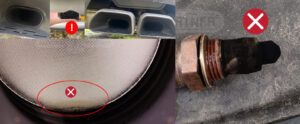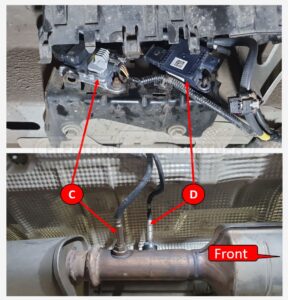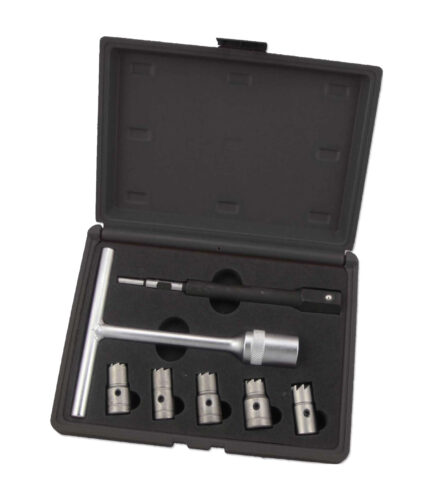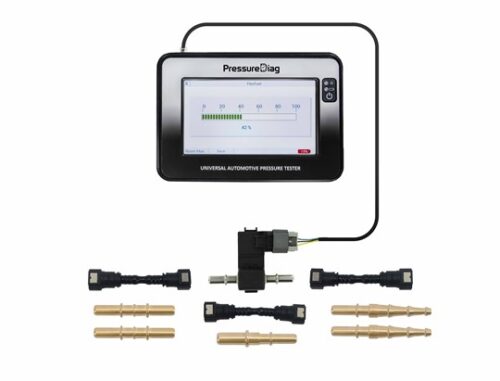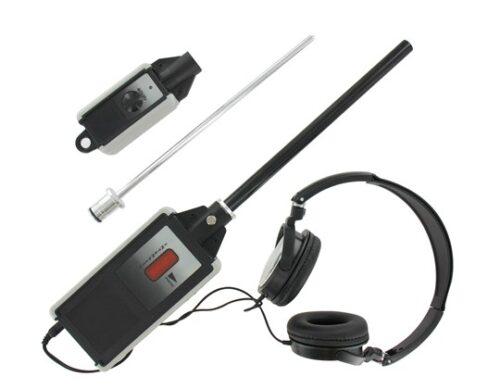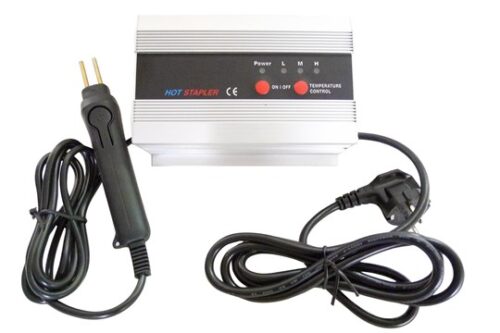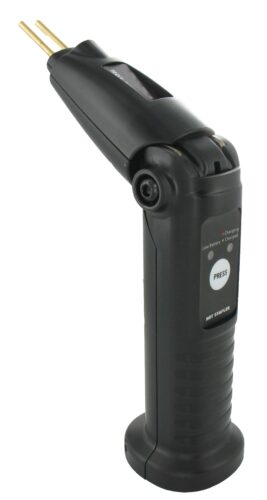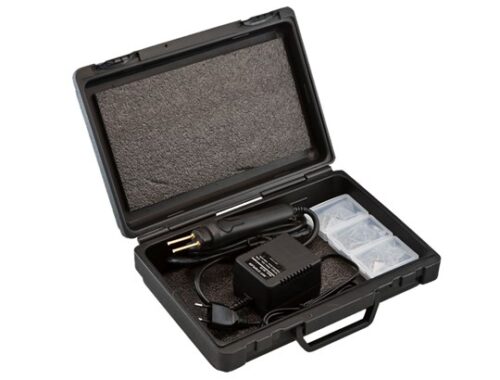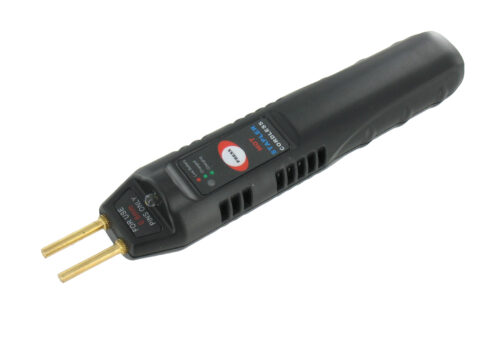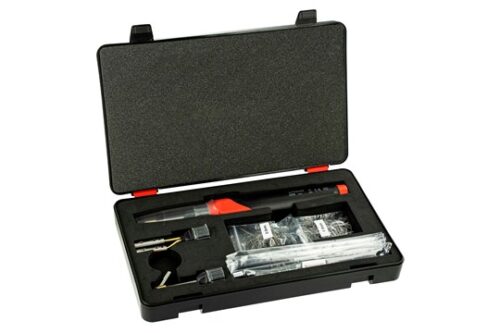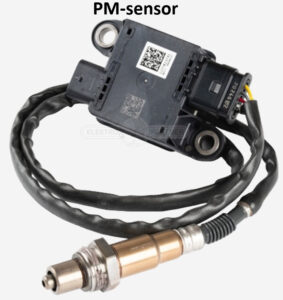
Diagnosing the Soot Sensor (PM-sensor) can lead to several challenges.
Soot sensor, Particle sensor, or PM sensor. This sensor goes by many names. We refer to it as the soot sensor. In the ever-evolving world of automotive technology, the soot sensor, often called the PM-sensor (Particulate Matter Sensor), has become a vital component in modern vehicles. For auto mechanics, especially those who specialize in diagnosing challenging faults, understanding this sensor is essential. Let’s talk about how the soot sensor works and the problems it can cause.What is a Soot Sensor?
A soot sensor, or PM sensor, is used in Euro 6 diesel engines to enhance the monitoring of the diesel particulate filter (DPF) function. Previous, the particulate filter was monitored using a differential pressure sensor, which estimated soot accumulation. Monitoring the DPF with a soot sensor is referred to as a direct measurement. Monitoring the DPF using both differential pressure and the particulate sensor is significantly more accurate and is commonly used in Euro 6 diesel engines.Why is it Important for Mechanics?
For mechanics, especially those focused on fault-finding, the soot sensor can be costly to replace. As always, proper measurements are essential. A malfunctioning soot sensor can cause various problems, from decreased engine performance to significant challenges in diagnosing the DPF system. To diagnose these issues, one needs a thorough understanding of the sensor’s functions and its connection to other vehicle systems.Most frequently asked questions in the DDTSB hotline
- I have a fault code for a temperature sensor in the exhaust system: P24C6 – Particulate filter sensor, temperature circuit. To which exhaust gas temperature sensor does this fault code refer to?
- What is a soot sensor, and what is its function?
- How does a soot sensor operate in Euro 6 diesel engines?
- Why is a soot sensor important for monitoring particulate filter functionality?
- Is the soot sensor responsible for triggering the fault code P2002?
- If the DPF is defective and the tailpipe is filled with soot, should I replace the soot sensor?
- What are the advantages of using both a differential pressure sensor and a soot sensor for particulate filter monitoring?
- How can I determine if the car is equipped with a soot sensor?
- Can a malfunctioning soot sensor affect the vehicle’s performance?
- What symptoms indicate a failing soot sensor?
- When diagnosing a soot sensor, what should I look for in the live data on the scan tool?
- Can I clean a soot sensor?
 Location of the soot sensor
Location of the soot sensor
The location of the soot sensor can depend on the exhaust system. Obviously, it’s located after the DPF, but questions regarding its location arise when it’s placed just beside the NOx Sensor 2. Both the soot sensor and the NOx Sensor 2 look similar if you look at the sensors, but if you examine the control unit of each sensor, you can see one is made in a plastic housing and the other in an aluminium housing. The general rule is that the NOx sensor uses an aluminium housing and the soot sensor uses a plastic housing. If in doubt, you can unplug the sensor and read the fault code. The only disadvantage of this approach is that on some cars, an error on AdBlue can be difficult to erase and might require extended driving or a special reset with the scan tool.
DDTSB measuring method
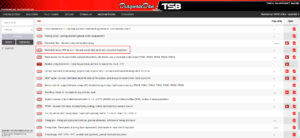
Case from DDTSB hotline:
I changed the DPF due to a fault code P2002 – Particulate Filter Bank 1, Efficiency Below Threshold. However, even after driving with the new DPF filter, the fault code P2002 still appears. The differential pressure is normal during idle and also under full load. Why does it still show the fault code P2002?
When diagnosing a P2002 fault code, we often consider issues with the differential pressure. However, in some cars, the soot sensor can also trigger this fault code. In this instance, a faulty DPF allowed excessive soot to contaminate the soot sensor. This might have been the reason the soot sensor was damaged. Therefore, as a technician, it’s important to bear the following in mind in such cases:- Why is the DPF damaged?
- Inform the customer that after replacing the DPF, we must continue with the diagnosis.
- It’s possible that the soot sensor was damaged due to the excessive amount of soot it was exposed to, and this expensive sensor might also need replacement.
